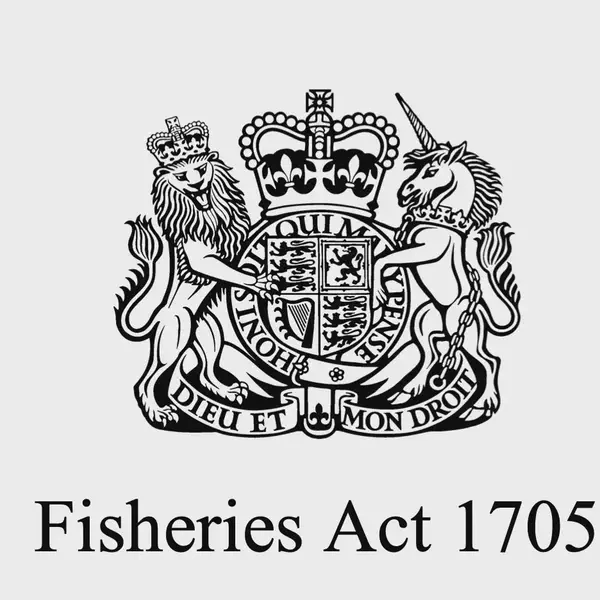
Fisheries Act 1705
Act of the Parliament of Scotland for the promotion of salmon, white and herring fishing Our Sovereign Lady and the Estates of Parliament taking to consideration the great and many advantages that may arise to this Nation by encouraging the Salmond White and Herring fishings they being not only a natural and certain fund to advance the trade and increase the wealth thereof but also a true and ready way to breed seamen and set many poor and idle people to work And albeit there be several good acts already made to encourage and carry on that trade yet they are either in dissuetude defective or do not answer the present circumstances Therefore that so great and general a concern may take effect in time coming Her Majesty with advice and consent of the Estates of Parliament Authorizes and Impowers all her good subjects of this Kingdom to take buy and cure herring and white fish in all sundry and seas channells bays firths lochs rivers etc. of this her Majesties ancient Kingdom and Islands thereto belonging wheresoever herring or white fish are or may be taken And for their greater conveniency to have the free use of all ports harbours shoars fore-lands and others for bringing in pickeling drying unloading and loading the same upon payment of the ordinary dues where harbours are built that is such as are paid for ships boats and other goods and Discharges all other exactions as a nights fishing in the week commonly called Saturday’s fishing top money stallage and the like …
scotland
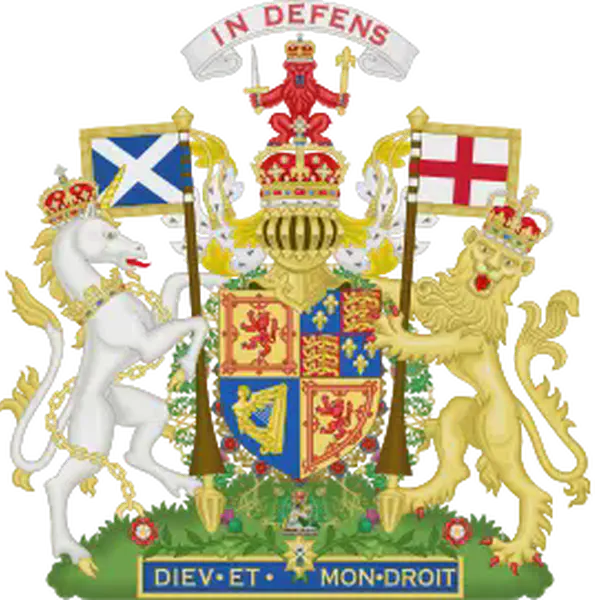
Act of Security passed by the Scottish Parliament.
The Act of Security was passed by the Scottish Parliament in 1704 as a response to the perceived threats to Scotland’s autonomy and interests following the accession of Queen Anne to the throne of England, Scotland, and Ireland in 1702. The act was a significant moment in the lead-up to the Union of Scotland and England in 1707, as it reflected the growing tensions between the two kingdoms and Scotland’s desire to protect its sovereignty.
scotland
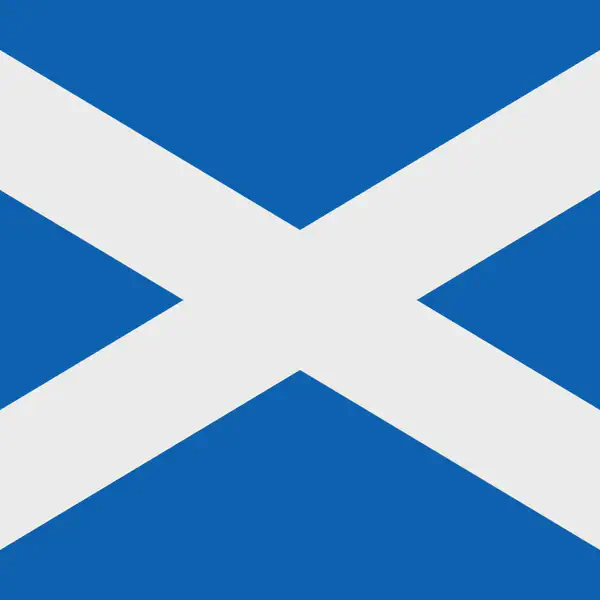
Edinburgh Fire Brigade, one of the first in Scotland, formed.
In the early 18th century, urban fire was a constant and devastating threat due to the construction materials used (primarily wood) and the close proximity of buildings. Edinburgh’s “Company of Quenching of Fire” was formed against this backdrop as a necessary institution to protect the city and its inhabitants from frequent and destructive fires. This company functioned as an early fire brigade, likely composed of local volunteers who were organized to act in case of fires.
scotland
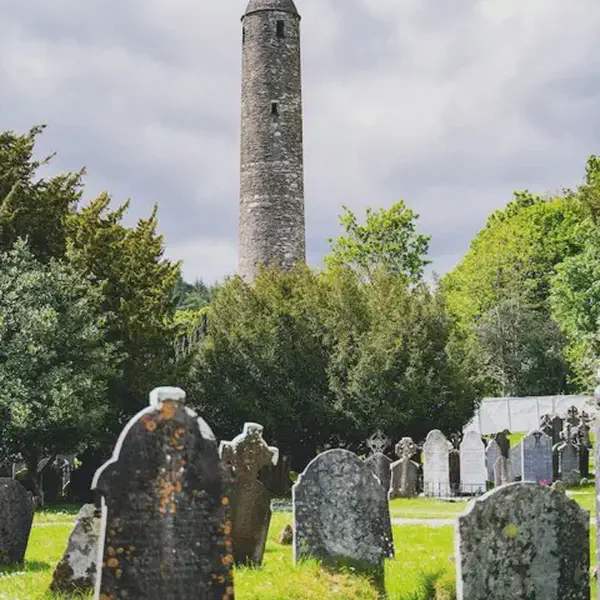
William III Statue Inauguration
A public holiday is proclaimed for the inauguration of a statue of William III at College Green, Dublin
scotland
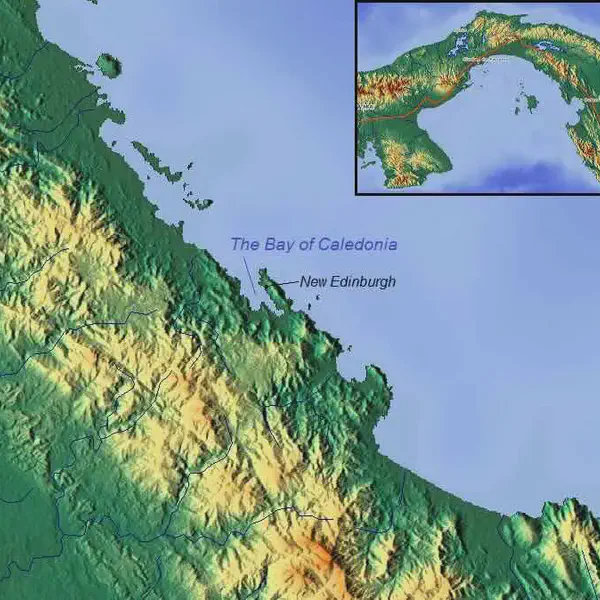
Darien scheme
The Darien scheme was an unsuccessful attempt, backed largely by investors of the Kingdom of Scotland, to gain wealth and influence by establishing New Caledonia, a colony on the Isthmus of Panama, in the late 1690s.
scotland

Bank of Scotland, opened
The closing decade of the 17th century saw the generally favourable economic conditions that had dominated since the Restoration come to an end.
scotland

Massacre of Glencoe, Scotland
While the other MacDonald clans suffered through the 1500s, the MacDonalds of Glencoe survived notably well. Perhaps their greatest protection was their home environment acting like a natural fortress. The revolution of 1688 gave the throne to William
scotland

James II flees to France
James VII of Scotland and James II of England (14 October 1633?16 September 1701) became King of Scots, King of England, and King of Ireland on 6 February 1685. He was the last Roman Catholic monarch to reign over the Kingdom of Scotland, Kingdom of England, and Kingdom of Ireland. Some of his subjects distrusted his religious policies and alleged despotism, leading a group of them to depose him in the Glorious Revolution. He was replaced not by his Roman Catholic son, James Francis Edward, but by his Protestant daughter and son-in-law, Mary II and William III, who became joint rulers in 1689.
scotland

Battle of the Boyne (Old Style)
Battle of the Boyne; the Jacobite forces (Irish, French, Germans and Walloons) are defeated by the Williamites (Irish, English, Dutch, Germans and Danes). The Williamite victory, being seen as a defeat for Louis XIV, is welcomed by Pope Alexander VIII
scotland
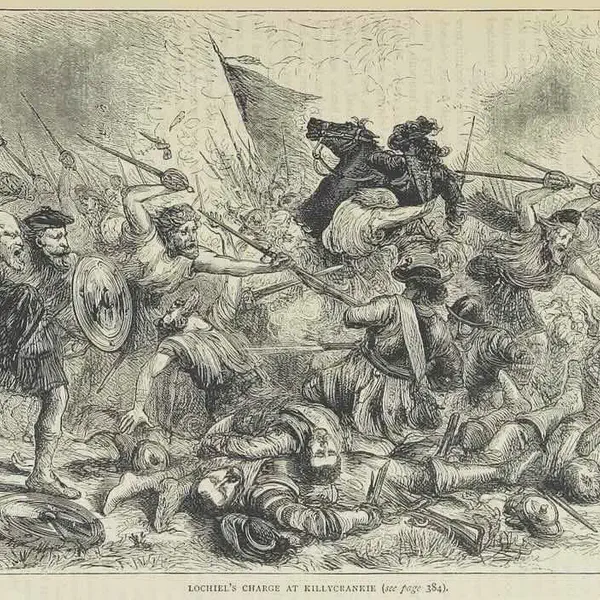
Battle of Killiecrankie
1689 Scottish Jacobite rising The Battle of Killiecrankie (Scottish Gaelic: Blàr Choille Chnagaidh), also referred to as the Battle of Rinrory, took place on 27 July 1689 during the 1689 Scottish Jacobite rising. A Jacobite force under John Graham, Viscount Dundee, defeated a government army commanded by Hugh Mackay.
scotland